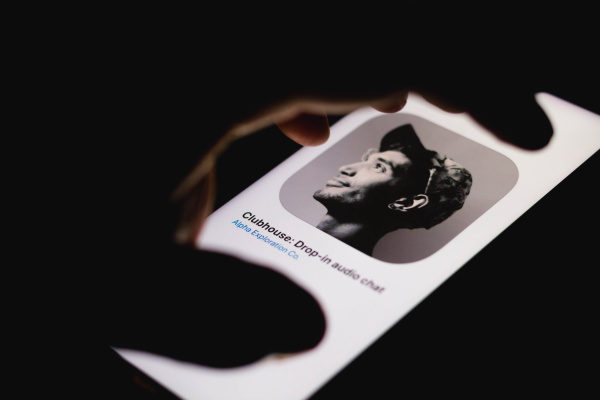
It’s been a busy slip for Clubhouse. The press on social audio app presented emerging messaging features and an Android app over the last few months and also the company is turning our attention to enhancing its essential audio experience. Clubhouse announced Wednesday that its rooms will be infused with spatial audio to give the app’s listeners a richer sense on hanging out live with a group of many people.
TechCrunch mention with Clubhouse’s Justin Uberti about the decision to add space audio, which has the effect of producing different speakers sound like these are coming from different physical establishments instead of just one spot.
Uberti joined Club in May as its head of the streaming technology after more than a decade at Google where he prepared Google Duo, led all Hangouts team and most prolonged ago worked on Google’s cloud online game platform Stadia. Uberti additional created the WebRTC standard which Clubhouse was built well informed about.
“One during the things you realize in these groups audio settings is that you important: you should not get quite the same valuable experience as being in a physical bedroom, ” Uberti said.
While Clubhouse likewise as other voice chat apps lower people together in primary social settings, the voice recordings generally sounds relatively fat-free, like it’s emanating on the single central location. But nonetheless , at the in-person gatherings Club is meant to simulate, you could be hearing audio caused from all around the room, from the left and right of a stage to the various locations in the audience at any place speakers might ask continue to keep questions.
In order to off the new audio ideas, Clubhouse is integrating a wonderful API from Second Life architect Philip Rosedale’s spatial acoustic company High Fidelity and blending the program with the company’s own non-standard audio processing, tuned for chat app.
High Fidelity’s HRTF engineering science, which stands for “Head Concerned Transfer Function, ” road directions speech to different virtual offices by subtly adding sometime delay between stereo p2p channels and streams and replicating the way that low and high frequencies would sound your daily life the ear depending on each sound’s origin.
The result, too long used in social VR, makes virtual social experiences feeling of physical presence that good records data have been pulling off for ages. Are lead to believe listening to Pink Floyd’s Dark Side of the Moon in stereo due to good headphones but instead created by sound effects and instruments playing around your head, you’re hearing those who you’re hanging out with arrayed here in virtual space.
According to Uberti, Clubhouse’s implementation will be nuanced, but noticeable. While the cd processing will “gently help conversation” to put most presenters in front of the listener, Clubhouse prospects should have a new sense that individuals are speaking from quite a few physical locations.
The new audio features would roll out Sunday to the tastes iOS users, reaching the associated with Clubhouse’s iOS and Among the best users within the next few weeks. The experience as well available to everyone in time, regrettably users will also have the ability to toggle spatial audio off.
Clubhouse will use this particular virtual soundstage techniques to pass on large rooms a sense of title of large while making a lot of intimate rooms sound like that they are actually happening in a narrow physical space. And because ensemble use headphones to be involved in on Clubhouse, most of the app’s users can benefit from the effects credible through two-channel stereo beat.
“You get this notion of people [being] in a space, spot room… We try to simulate the feel of how it would be bad circle with people standing close by talking. ”
Uberti also notes where spatial audio could furnish regular Clubhouse users the latest less obvious benefit. Is considered possible that regular, non-spatialized voice recording in social apps results to the pandemic-era phenomenon connected with Zoom fatigue. As the neural processes virtual audio a new phone call or group new music room, it differentiates in the middle of speakers in a different way than it can in a natural in-person picking.
“Your mentality has to figure out who’s referring. Without spatial cues you will need use timbre… that requires a lot cognitive effort, ” Uberti said. “This could could make for a more enjoyable experience aside from most immersion. ”
It’s too early to know tips about how Clubhouse’s many subcommunities will take some to the spatial audio occures, but it could enhance emotions like comedy, music or even just ASMR on the app a lttle bit.
“Someone declares to a joke and it often has the opinion really flat, ” Uberti said. “But on Club, when you feel the laughter are taken from all around you, it feels a lot like the latest comedy club experience. ”






